
OR
Desert being turned green for the 2022 World Cup
Published On: July 16, 2018 03:00 PM NPT By: Agencies
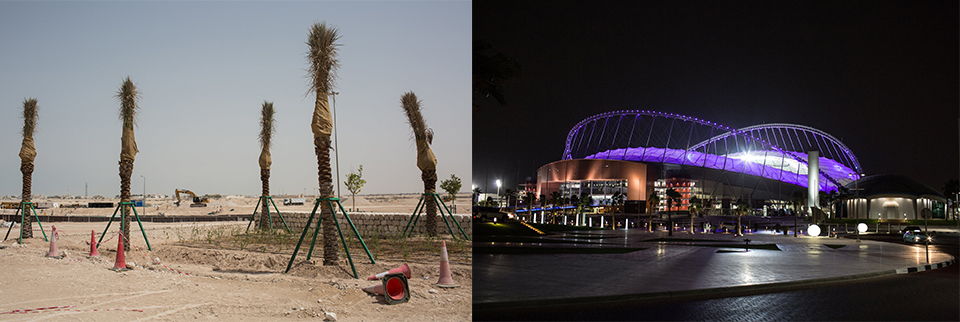
DOHA, July 16: The roads here can be impervious to GPS navigation. Drive around the city, and the green line on the screen will start interlacing into useless shapes. The robot voice will begin to contradict itself.
Qatar has been this way, to an extent, for more than two decades, since a gas boom transformed the nation’s fortunes. It has grown denser, taller and ever more unrecognizable (to humans and machines) from one day to the next. But in the last few years that process has accelerated to a dizzying speed as the country prepares to host soccer’s next World Cup.

At Aspire Sports Turf, workers tend the the grass being grown for the World Cup 2022 stadiums.
When this summer’s tournament comes to an end Sunday in Russia, it will be fully Qatar’s turn. For the next four years, this country will command the complete attention of the global soccer community. And in 2022, this country of 2.6 million people will open its doors to an expected 1.5 million international visitors.

Construction is continuing apace at Al Wakrah stadium and several other sites where games will take place in four years.
So questions have spilled out: How much more will the country transform? How far will Qatari society bend to accommodate guests with certain expectations of the way a World Cup looks and feels? How deeply will the country address the problems — most significantly those dealing with human rights — that have racked the project with external criticism and doubt from the moment Qatar won the hosting rights eight years ago?
Some of the questions have been addressed. Some have not. Some may never be.
All the while, Qatar keeps growing. Skyscrapers, shopping malls and gleaming stadiums rise. Miles of roads and new public transportation lines appear. Hundreds of thousands of imported laborers settle in. Trees and grass sprout — in the desert.
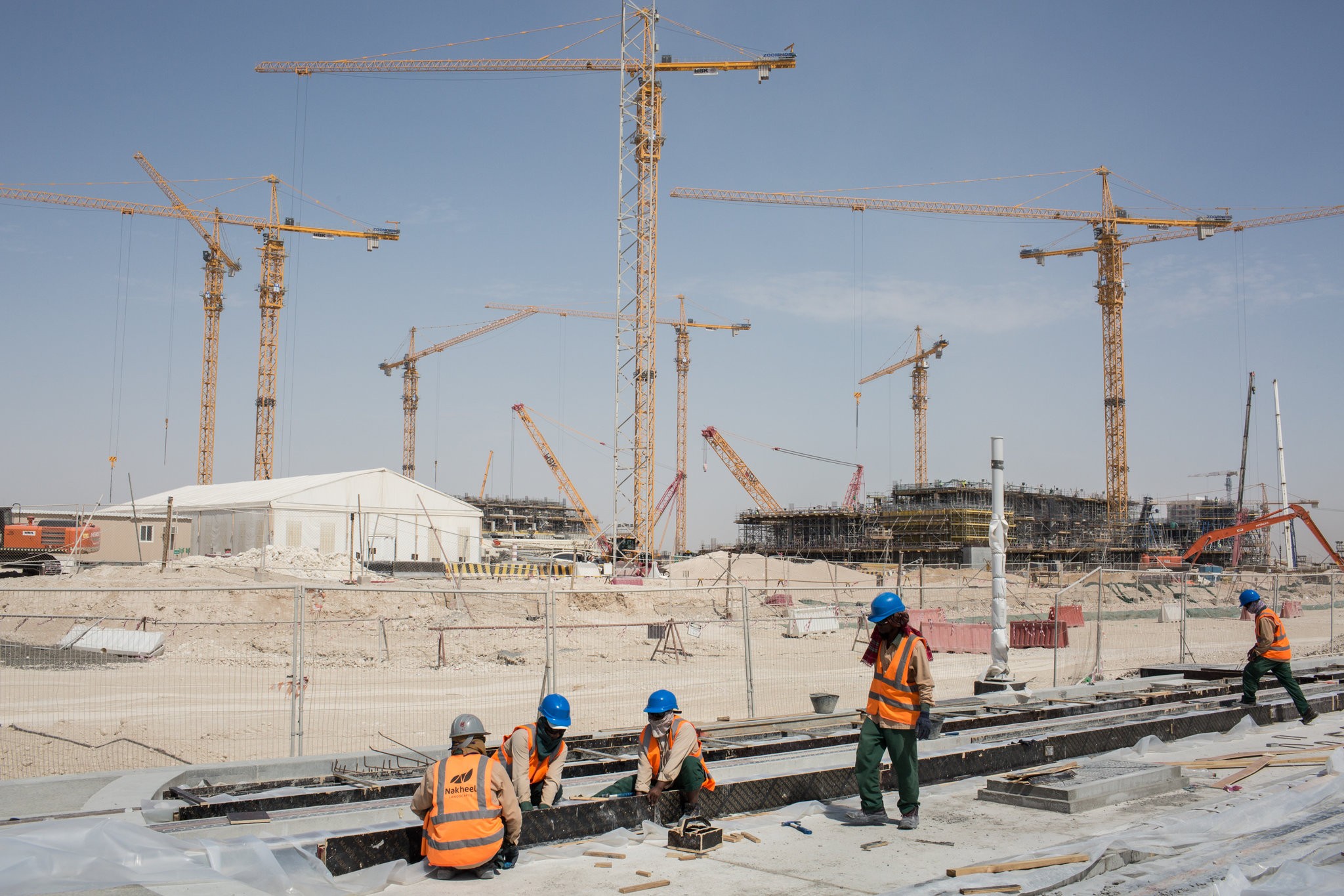
Workers are pushing ahead on construction of the rail line in front of Lusail Stadium, site of the 2022 World Cup final.
“Every day something changes,” said Mohamed Ahmed, manager of Khalifa International Stadium. “It’s like the whole country is preparing for something big.”
The sprinklers twirled and sprayed water into a steady, sizzling wind. Most of the water seemed to evaporate before it reached the ground.
“Two years ago, this was a desert,” said Yasser al-Mulla, pointing to a vast expanse of grass and trees during a visit in May, “and I had to use a four-wheel drive to get to the office.”
These days Mr. Mulla drives his Jaguar F-Type to work, where his role in the World Cup preparations has involved watching grass grow. Mr. Mulla manages the nursery that has been producing the turf and trees that will decorate stadiums, training sites and public plazas four years from now. His team cultivates fields of grass on this desert land, carves it into sheets, rolls them up like rugs, and sends them out to beautify otherwise barren areas. The group has also gathered 10,000 trees from around the country and abroad, nurturing them in shaded tents.
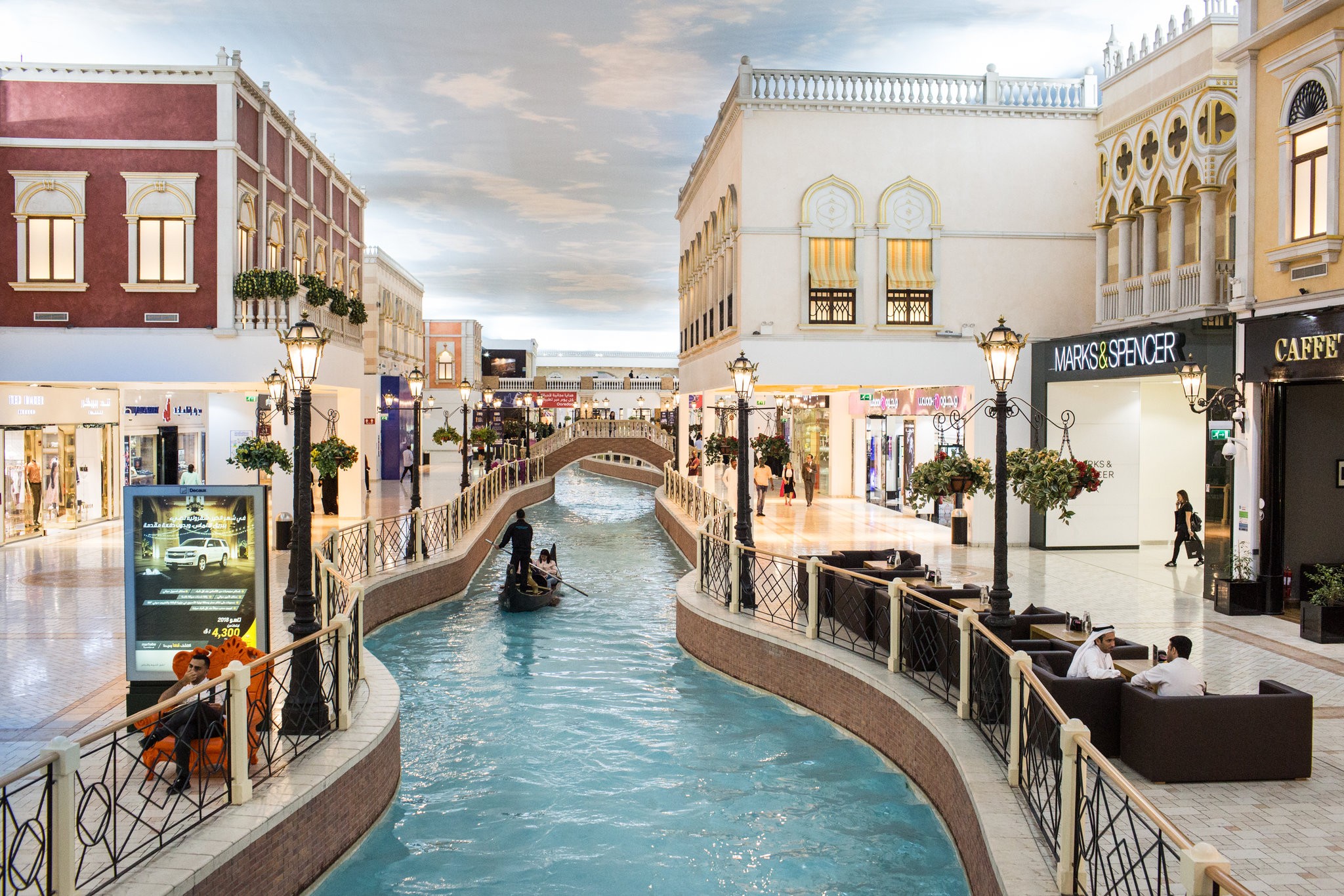
Villaggio Mall in Doha exemplifies Qatar's transformation from a desert outpost to an economic center during the last two decades.
Plants do not grow easily in Doha, which gets about three inches of rainfall per year. But the World Cup requires greenery.
On the other side of the city, a different group has been experimenting with 12 species of grass to concoct the perfect turf for the tournament’s actual playing surfaces. They mix variables — light, soil, water and so on — and roll soccer balls on trial patches, among other tests, to evaluate the results.
“The thing about grass, it’s very complicated,” said Carlos Sartoretto, the research manager for Aspire Sports Turf, which is running the project. “And every stadium is a microenvironment.”
The sentiment will ring particularly true for this World Cup. From the performance turf center, one can see Khalifa International Stadium, the first of the eight proposed stadiums to be ready for competition. On a recent afternoon, Mr. Ahmed, the stadium manager, stepped onto the field with a group of visitors, held out his hands and exhaled.
“Feel that?” he said.
Temperatures in Doha that day were in the mid-90s, the sunshine felt oppressive, and the playing field was uncovered, open to all the elements. But the air inside was cool. It was a trick of engineering, Mr. Ahmed said, cold air from below pushing hot air out, like water filling up a bowl.
The organizers have promised FIFA that the stadiums will be 72 degrees Fahrenheit during games, though they are capable of cooling to 64. FIFA moved the tournament to a November start, when the outdoor temperature here can still reach the upper 80s, to escape the searing heat during the World Cup’s traditional summer window.
Almost two million foreign workers are in the country, and their lives have been the subject of intense scrutiny since Qatar won hosting rights in 2010. They are everywhere, including Al Wakrah stadium, where 600 vehicles were circulating the grounds on a recent afternoon, and where 4,000 migrant laborers in fluorescent clothing rotated in and out in shifts under a punishing sun.
Disturbing, sometimes shocking, stories of the country’s labor landscape continue to emerge: In an annual audit released in February, for example, Impactt, the organizers’ external compliance monitor, found some people working more than 72 hours per week at certain companies, and workers for one contractor who had toiled for more than 124 consecutive days.
Yet some of Qatar’s longest-running critics have changed their tone, if only slightly.
Last November, for instance, the International Labour Organization, an agency of the United Nations, dropped a formal complaint it had made in 2014 about the Qatari government’s failure to protect the rights of migrant workers. Qatar, at the same time, agreed to enter a technical cooperation agreement with the agency to further reform its labor landscape.
In April, the labor organization opened a sparsely furnished office in the West Bay neighborhood of Doha, staffing it initially with only four employees. The team will grow to about 15 by September.
Such moves have, for some, inspired cautious optimism. The agency’s three-year project to address certain core issues: establishing a permanent minimum wage; eliminating the system of exit visas that makes it difficult for workers to leave the country without their employer’s permission; and creating a free labor market, where workers are not tied to one company. The partnership also includes training for judges, labor prosecutors, police officers and inspectors.
“We’re at the beginning of our journey,” said Houtan Homayounpour, who runs the office, adding that his team’s presence alone was worthy of optimism. “We’re here. You can’t say that about many countries.”
Others critics said they would wait to see tangible results. As Vani Saraswathi, director of projects at Migrant Rights, an advocacy organization focused on migrant worker rights in the Persian Gulf states, said of Qatar’s declarations, “They’ve been saying this stuff since 2014.”
She said the labor organization had to be publicly optimistic because it was now a partner with Qatar, and she cited deep structural concerns in the country, such as limited access to justice for employees, especially those not working on stadiums.
If a company with 100 workers fails to pay its employees, she said, the employees have to file 100 complaints. Ms. Saraswathi, who lived in Qatar from 1999 to 2017, said the bigger problem is that the projects directly commissioned by the World Cup organizers represented a tiny fraction of the construction projects in the country. Focusing on improvements there, she said, ignores a bigger matter.
“Every single thing that’s being built in Qatar now is for the World Cup, from the roads to the hotels,” she said.
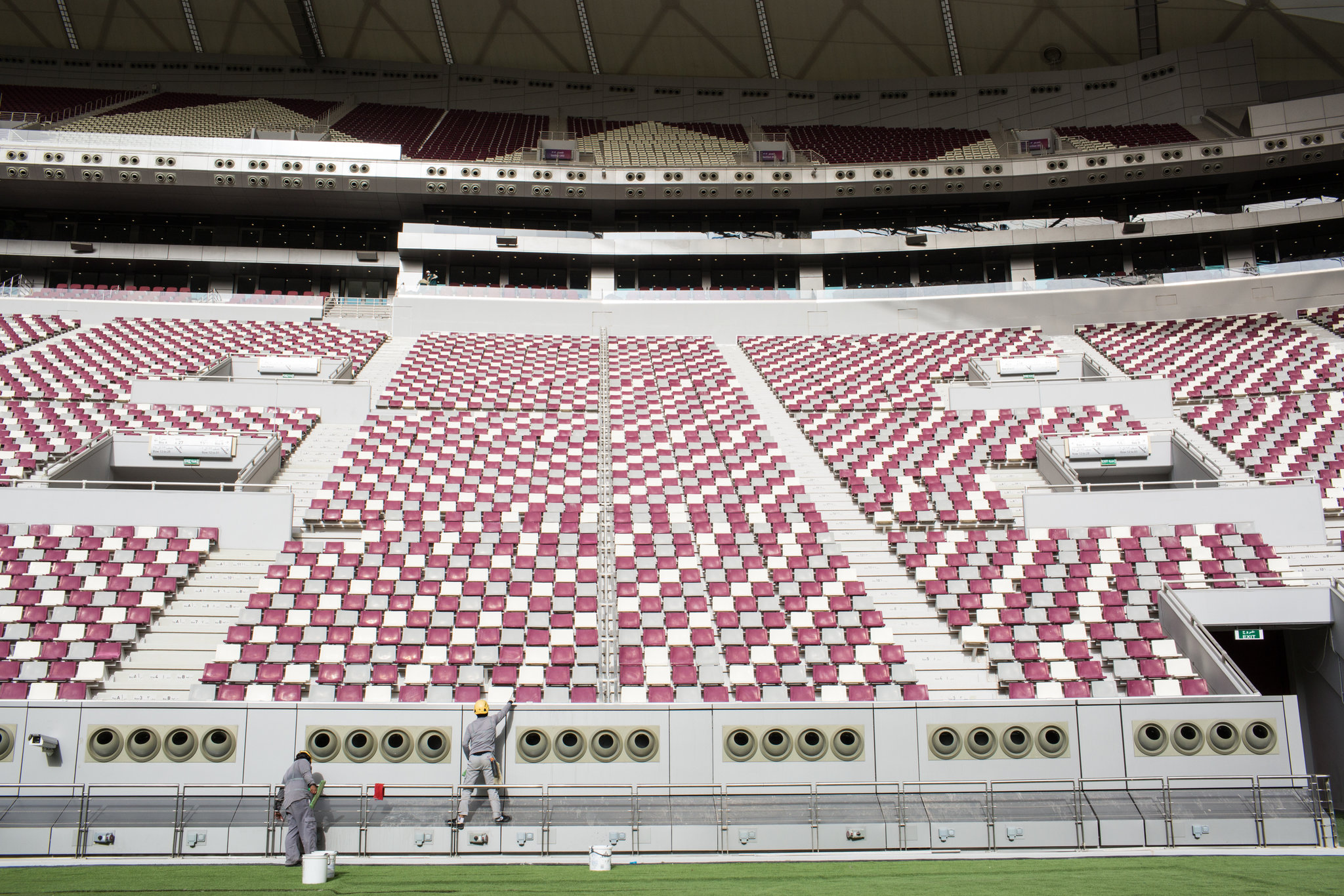
Organizers have devised an air-conditioning system to deliver on their promise to FIFA that outdoor arenas like Khalifa International Stadium will be cooled to 72 degrees Fahrenheit during games.
The Supreme Committee for Delivery & Legacy, which is responsible for overseeing a $6.5 billion slice of what is a $200 billion national infrastructure project, operates inside a gleaming silver tower vaguely resembling a tornado. It is surrounded by other skyscrapers of assorted colors and unconventional shapes that together form the kaleidoscopic Doha skyline.
In an interview from his office overlooking the Persian Gulf, Nasser al-Khater, the assistant secretary general for the committee, said the group was “very satisfied” with the progress of the work and confident it would be done by its projected deadline two years before the tournament. He was open, expansive and defiant on a range of topics.
He acknowledged, for instance, that serious labor problems remained, but he added that Qatar was “light-years” ahead of where it was five years ago and “way ahead of its neighbors.”
He said an air and sea boycott, initiated last year by Saudi Arabia and the United Arab Emirates over political differences, had sent the committee scrambling for other construction material supply chains, namely in India, China and Turkey. But he and other Qatar 2022 officials have spun the experience as positive, as it opened the committee’s eyes to what he labeled “new realms of possibility.”
Among Qatar’s 2.6 million people, about 300,000 are Qatari citizens. Adding another million foreigners to the mix, in the form of soccer fans, has been difficult to fathom for some who have spent their lives in this country.
“We are a minority in our country,” Mr. Khater said of Qataris, “so we have experience dealing with that. And we do understand that there are going to be people who are not used to our culture, that wouldn’t have been here long enough to understand the norms of what’s appropriate and what’s not appropriate. And it’s our job to make sure we educate people about our culture as much as possible. And it is also our duty and responsibility to make sure people here are as hospitable as possible.”
Foreign journalists have been arrested in recent years for “defaming” the country. Qatar sometimes censors international news outlets. Nevertheless, Mr. Khater said, they would be ready for thousands of journalists — many of them not focused on soccer.
“The past eight years, I can safely say that the skin of the country has gotten thicker,” he said. “I can say that by 2022, the skin is going to be a lot thicker. We’re going to have to be a lot more tolerant.”
In Russia, for example, the authorities mostly looked the other way for the past two months as international fans and residents alike partied on the street, drinking (in violation of the law in many cases) and singing and dancing well into the morning hours.
The next World Cup will most certainly not look like that, Qatari officials said. Mr. Khater said he “might consider” designated drinking zones, but he said alcohol would be “more restricted” than in previous World Cups. That may prove difficult; the World Cup often takes over the host country with its own energy, and the sheer scale and diversity of the crowds can sometimes make moderating their behavior a challenge, something Qatar 2022 executives learned firsthand in Russia.
Hassan al-Thawadi, the head of Supreme Committee, said 250 people from his team were embedded at the World Cup this summer to get a “front-seat” view of running a tournament, including game operations, media procedures, and security inside and outside stadiums. Seeing the large crowds up close made them realize, among other things, that they would need to move the planned Fan Zone to a different site, and that their new metro train system would require more cars.
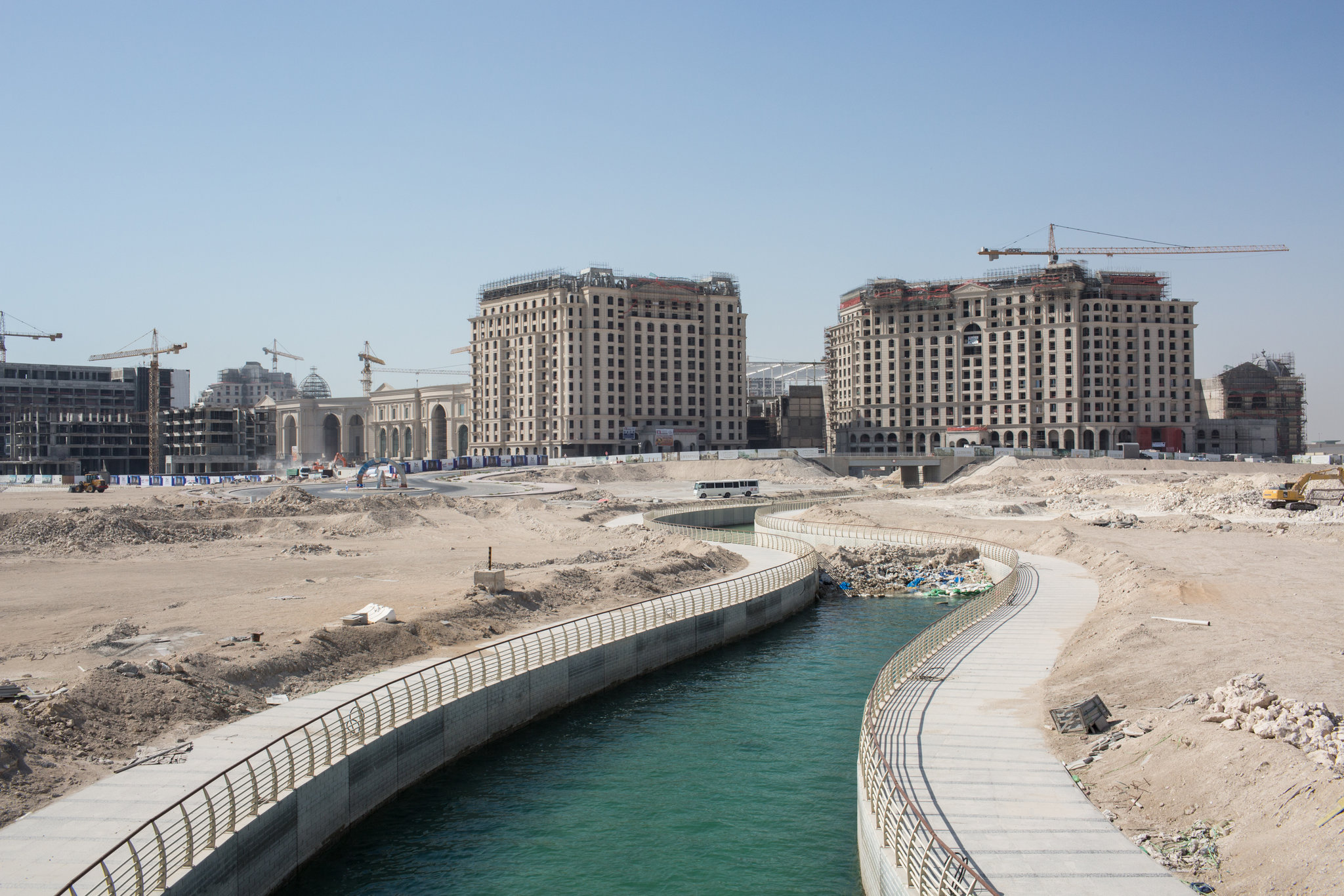
Lusail, a city being created to accommodate World Cup fans, was a work in progress this spring.
Still, Mr. Khater said, those who think changing what Cup fans are used to means that his country should not host the tournament are suffering a failure of imagination.
“We are modest,” he said. “We want people to come and see, yes, you could be a modest person, you could be a conservative country and still be a fun-loving country, and you could still play football and you could still host a World Cup.”
Moscow, a city more than 900 years old, will host the World Cup final on Sunday. Lusail, the city that will host the World Cup final in four years, does not really exist yet. A 30-minute drive from central Doha, it remains a patchwork of mostly empty towers standing side by side, with new ones rapidly popping up alongside them.
Construction has been continuing, too, in places like West Bay, which can still have the feel of a ghost town. Stray cats wander around the empty streets. In the buildings that keep lights on at night, onlookers can peer in and see the vast emptiness. Other towers are simply dark.
Supply right now is far outstripping demand. But Qatar needed to grow for the World Cup. FIFA mandates that tournament hosts have 125,000 hotel rooms available. At the time of its bid, Qatar had 30,000. It is building hotels, and it will also use cruise ships and desert campsites to supplement the demand for beds.
Experts say the World Cup is a central component of a plan not only to develop the country physically, but also to increase its name recognition on the global stage.
After eight years of waiting, the World Cup spotlight, the microscope, will be Qatar’s alone, with all that entails.
You May Like This
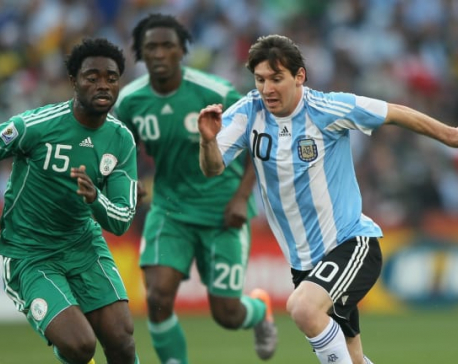
FIFA World Cup 2018: Four games being played today; Argentina must win Nigeria to secure berth in round of 16
RUSSIA, June 26: A total of four football games are being played today under the 21st edition of the FIFA... Read More...
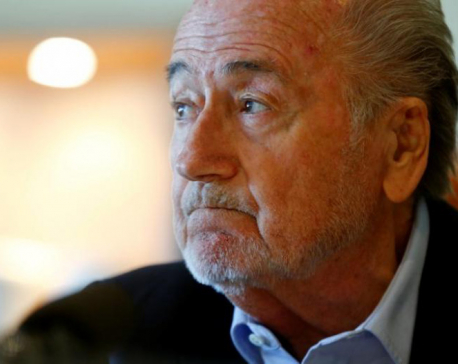
Blatter plans to visit football World Cup in Russia
Disgraced former FIFA president Sepp Blatter will travel to Russia when the country hosts the football World Cup in 2018, he... Read More...
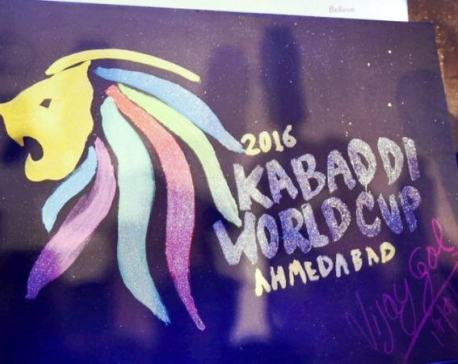
Pakistan barred from Kabaddi World Cup in India
NEW DELHI, Oct 5: The 12-nation Kabaddi World Cup kicks off this week in India, with a row over a decision... Read More...
Just In
- CPN (Unified Socialist) to hold its Central Committee meeting on May 10-11
- Over 16,000 paragliding flights conducted in one year in Pokhara
- MoPIT prepares draft of National Road Safety Act, proposes rescue within an hour of an accident
- Light rainfall likely in hilly areas of Koshi, Bagmati, Gandaki and Karnali provinces
- Customs revenue collection surpasses target at Tatopani border, Falls behind at Rasuwagadhi border in Q3
- Rain shocks: On the monsoon in 2024
- Govt receives 1,658 proposals for startup loans; Minimum of 50 points required for eligibility
- Unified Socialist leader Sodari appointed Sudurpaschim CM











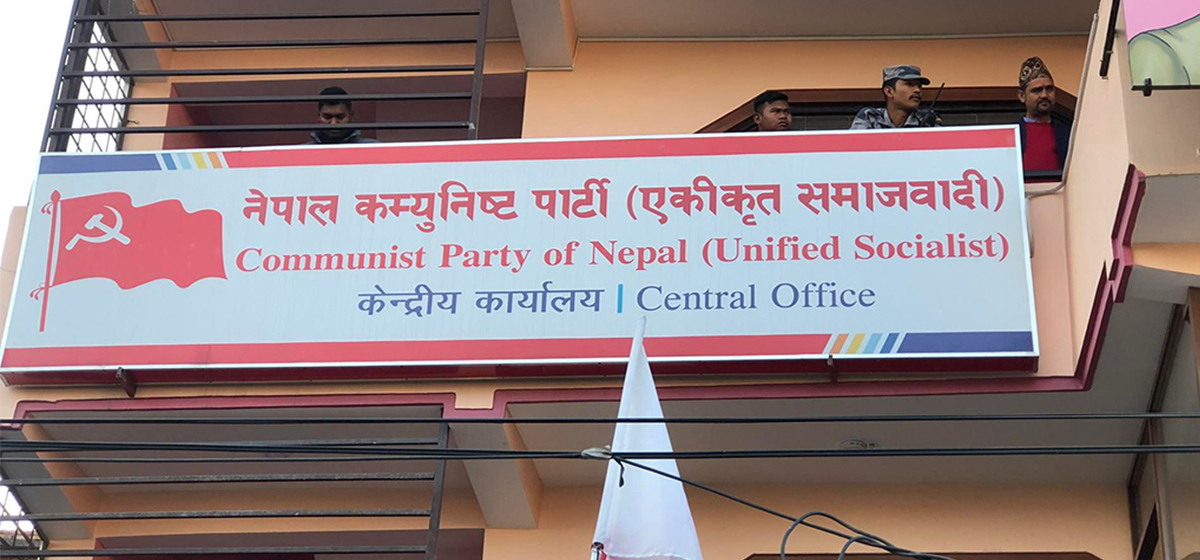
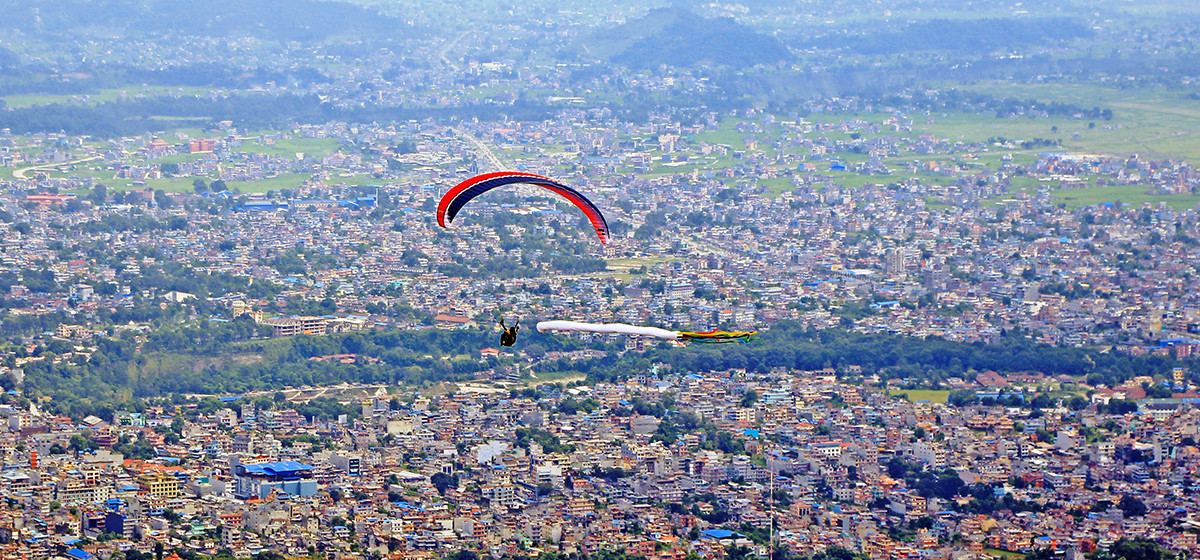
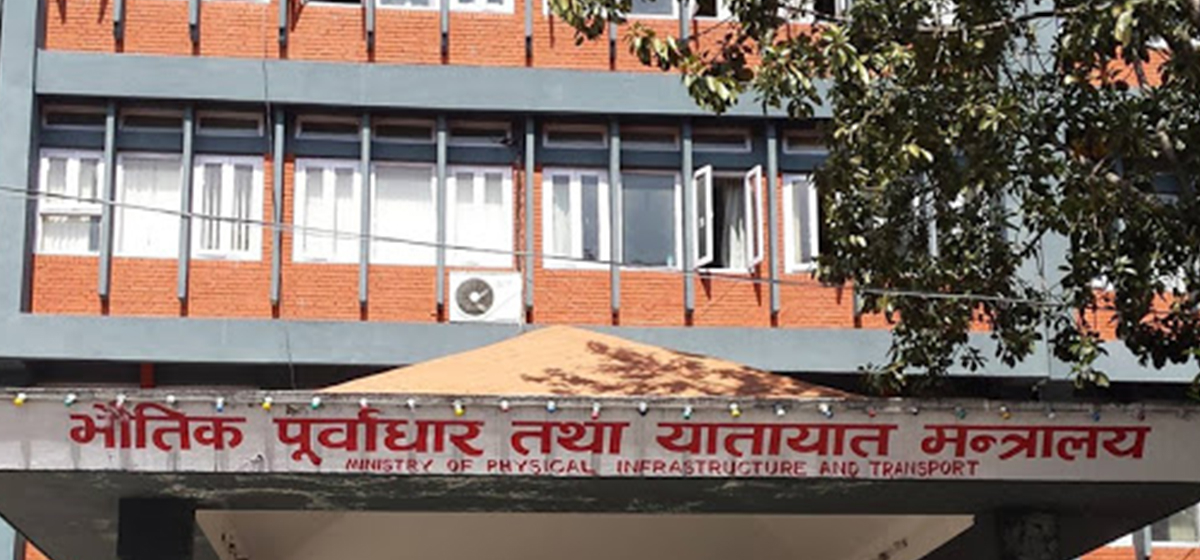





Leave A Comment